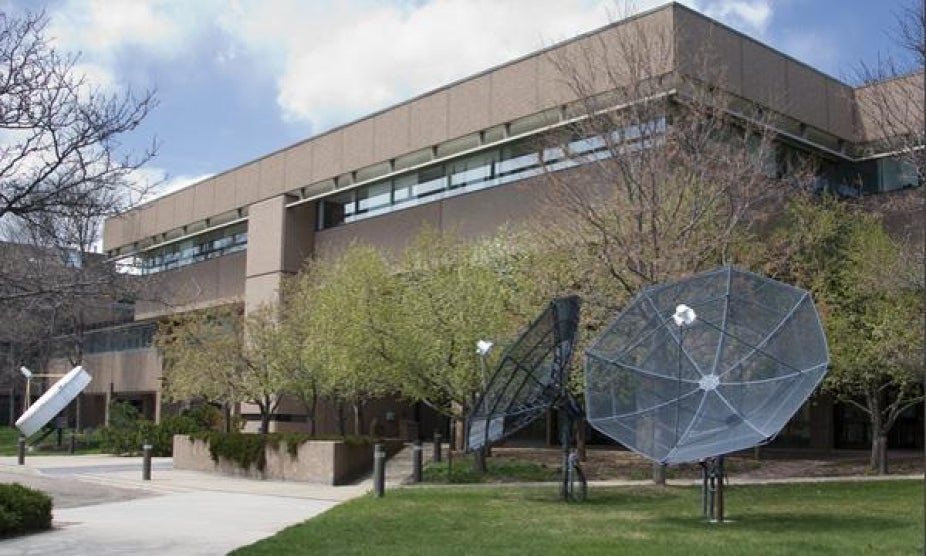MPAS Tutorial
2021

9:30 am – 4:00 pm MDT
Overview
The Mesoscale and Microscale Meteorology (MMM) Laboratory of the National Center for Atmospheric Research (NCAR) will be hosting a virtual tutorial on the Model for Prediction Across Scales – Atmosphere (MPAS-A). The tutorial will cover the basics of how to set-up, run, and post-process stand-alone MPAS-A simulations. Topics that will be covered will include:
- Horizontal (uniform and variable resolution) mesh configuration
- Global and regional configurations
- Real-data and idealized case initialization
- MPAS-A dynamical solver and numerical methods
- MPAS-A physics
- Software framework and MPAS infrastructure
- Post-processing tools
The primary audience for this tutorial is new or beginning users of MPAS-Atmosphere. Basic knowledge of atmospheric science and numerical modeling, as well as experience working within a Unix computing environment, is required for the tutorial.
The tutorial will consist of live lectures, recorded lectures that participants are expected to view before or during the tutorial, questions and answer sessions, and practical sessions where participants will gain experience building, configuring and running the MPAS-Atmosphere model.
Important Dates
Registration opens: 1 March 2021
Registration will close: 31 March 2021
The tutorial is free, but space is limited.
About MPAS
MPAS consists of a collection of geophysical fluid flow solvers that utilize centroidal Voronoi horizontal meshes. NCAR develops and supports the atmospheric component, MPAS-A, while the Department of Energy’s Los Alamos National Laboratory (DOE/LANL) is responsible for the ocean, land- and sea-ice models. Development and support of the software infrastructure is shared between NCAR and LANL. MPAS-A is an atmospheric model that solves the compressible non-hydrostatic equations in both global and regional configurations with variable-resolution configurations in both cases, hence it is applicable from global scales to the explicit simulation of clouds. It uses atmospheric model physics from the Weather Research and Forecasting model (WRF), and many of the numerical methods employed in MPAS-A originated in WRF. Further details may be found on the MPAS home page at https://mpas-dev.github.io/.
